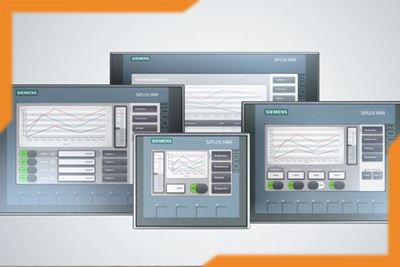What is HMI for dummies?
HMI is an acronym for Human Machine Interface and means the interface between man and machine. This device establishes communication between the operator and the controller in an industrial system. In fact, HMI is a controller communication panel, this panel includes a numeric keypad and an LCD screen that displays TEXT, which can be used to monitor and view and adjust the parameters of industrial devices such as PLC, inverter, etc. is used. Technically, HMI is an LCD monitor that has the ability to program and can also be used to change various parameters and control the system.
Using a software, HMI provides functional information of the industrial process to the user and receives control commands from the operator. Usually, information is displayed in graphic format on the HMI. HMI is used to monitor input and output of machines, display data and view time, work process and tags. In this graphical interface, by selecting any graphic element (keys) and applying the corresponding code changes, it is sent to the desired device through the network port and communication with other equipment of that network. In addition to make the final design attractive, the existence of the graphic program reduces the errors caused by wrong input and reduces the cost of maintaining the system due to the lack of mechanical parts.

Read more : What is HMI?
Using a middleware, HMI provides functional information of the industrial process to the user and receives control commands from the operator. Usually, information is displayed in graphic format on the HMI. HMI is used to monitor input and output of machines, display data and view time, workflows and tags.
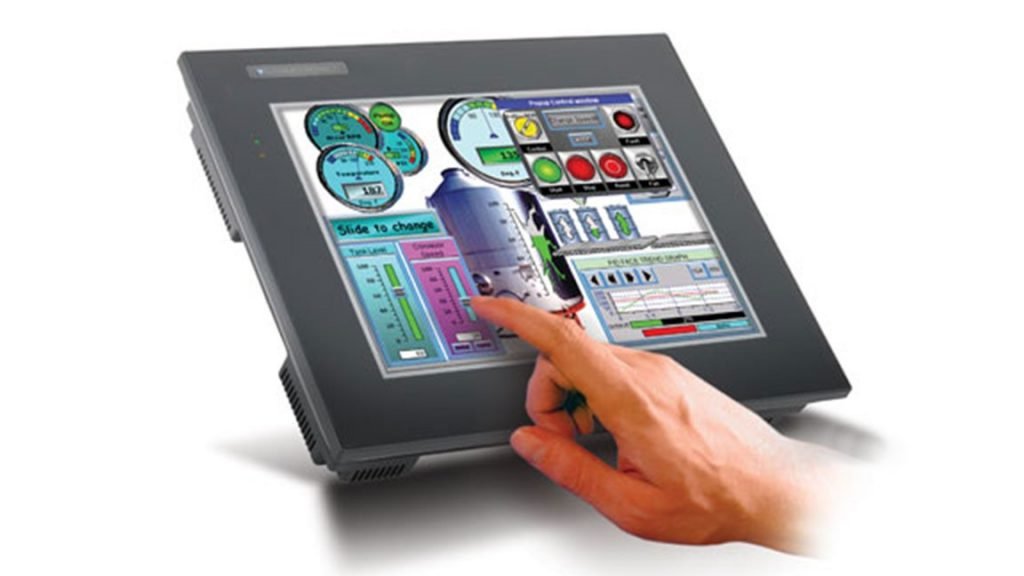
What is the usage of HMI?
HMIs can communicate with the PLC and also act as a user interface in the process that is controlled by the PLC. In this way, it makes it possible to monitor and control all inputs and outputs, as well as track and detect errors and process parameters, as well as alarms and fix them.
Among the main uses of HMI, the following can be mentioned:
-
The possibility of increasing production efficiency and optimizing the process
-
Ability to manage alarms
-
Ability to connect to MES and SCADA systems
-
Have focused monitoring of process data
-
Viewing process data in the form of various graphic diagrams
If we go beyond the initial options we mentioned, HE has other very important uses that finally make its presence in industry and automation appear more important and mandatory. In the following article, we will review the rest of the HMI applications:
Solidarity
One of the excellent features and applications of HMI is the ability to communicate and integrate control devices and controls all from one unit so that you can easily control the entire production line and make the necessary decisions in one place.
HMIs can connect to 255 devices at a time and display their parameters.
Flexibility
Today, production lines have become so flexible that they no longer work for a specific purpose but can change the entire product after one shift, for example, a factory can produce tuna on the morning shift and tomato paste on the night shift.
To achieve this level of flexibility, we need to change the program written in PLCs or sometimes choose appropriate functions.
Simplicity and speed
If we put all the things mentioned together, there is no doubt that the output of using HMIs is nothing but the high speed of doing things and simplicity. Its output is high sales and increasing turnover.
Human error coverage
Human error coverage is actually created by eliminating coding and specialized changes, for example, imagine that a furnace is used for several products, these products respectively; Fancy bread, pastry, and toast, and each of these bread definitely need a different temperature, in this case, if an HMI is used, the relevant technician can easily recognize the working codes of the oven with a few simple touches.
In fact, if the HMI was not available, the program written in the PLC would have to be changed every time, and changing the written program is a time-consuming task, and this change can cause a lot of financial and human losses.
What are the types of HMI?
There are two most widely used HMI models in these days. Touch HMI and Text HMI.
Touch types HMI, which is better known as TOUCH PANEL. Touch Panels are generally more professional and more expensive. Text panel type is used in simple cases and is cheaper than the touch ones.
HMI allows managing most types of control and visualization of processes. The simplest kind of HMI is the model where the input is entered through the touch screen, and the most advanced class is the control panels that are used for very complex industrial automation.
Keypad HMI
As the name of this HMI suggests, this model is a type of control panel with buttons installed on it, each of which has its own use. Many factories use this HMI model to increase their efficiency and production.
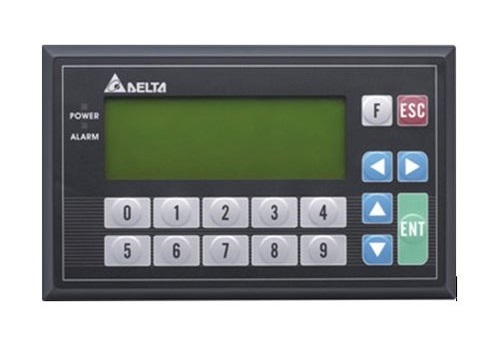
Using this HMI model, the user can issue various commands to one or more machines with only one easy-to-use interface. When all commands are gathered in one place, manual control of the machine by the operator will be very convenient.
Data handler HMI
This type of HMI is used to collect data, this information can be transferred to a printer or computer depending on the user's decision. This from HMI is used in cases where we are faced with a lot of data. If in a process it is necessary to collect data from machines or equipment, this type of HMI is used.
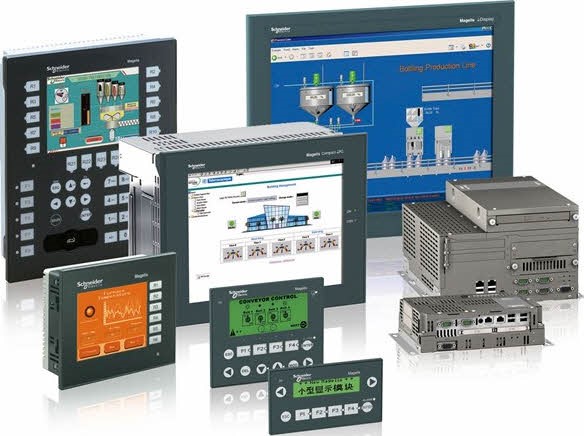
Overseer HMI
The third type of HMI is the supervisor HMI type, which usually works with the Windows operating system. The use of this type of HMI, due to the graphic and touch screen, allows the highest level of user interaction with the machinery and process. Of course, this type of HMI is the most common type of HMI.
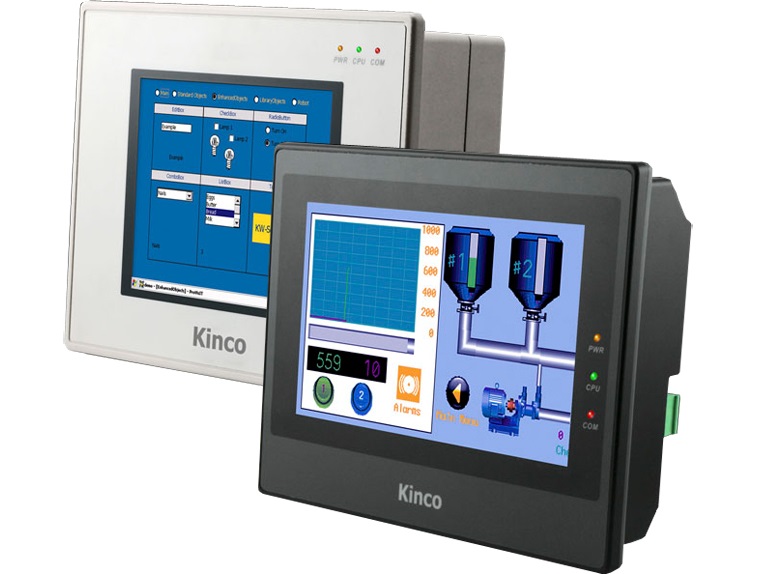
In the next article we discuss about 6 key features for choosing the right HMI.




